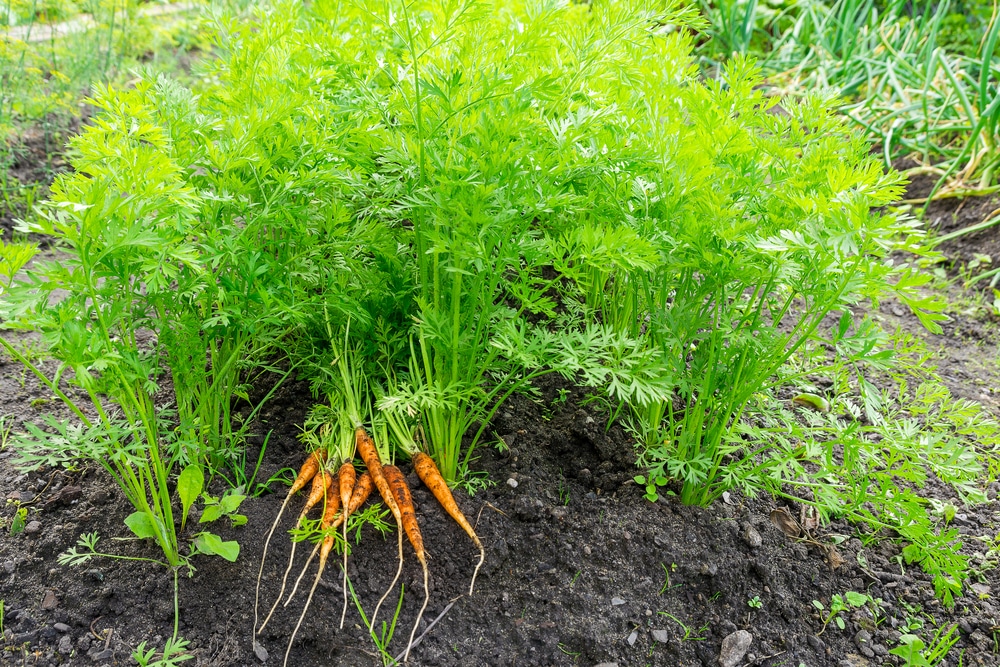

While in the Northeast we think of the year’s “second spring” starting around August, warmer southern areas can shift that date by a couple of months to around October, when fall temperatures will still be high enough to achieve germination and allow plants to reach maturity. A recent MOTHER EARTH NEWS survey on winter gardening turned up a surprising number of cold-season gardeners in places where weather would present a challenge, such as Ontario and Wisconsin, as well as many in unsurprising locales, such as Texas and Southern California, where an outdoor garden can keep on truckin’ with a simple shift of the planting scheme (see Real-World Gardening Tips for tons of advice from our survey-takers). All of these season-extension devices capture some of the earth’s natural warmth, especially at night, and block the chilling, drying effect of wind.Īt any latitude in the U.S., there’s enough daylight to grow a wide range of winter crops. This might be a cold frame, a simple greenhouse, the quick-hoop system, or just a layer or two of floating row cover, often called Reemay. Winter has always been a good season for a wide array of crops in the southern states, and in the northern tier of the United States, you can grow the same crops if you use a winter-protection device to broaden your garden’s productive season. So, should a winter gardener grow different crops depending on their climate? Not necessarily. We’ve also tested many crops - and multiple varieties of those crops - to discover what grows best in winter. Over the past two decades, we’ve built, trialed, and collected data on many hoop house designs and crop-protection methods. With my husband, Eliot Coleman, I run Four Season Farm in Harborside, Maine, where winter production is a key part of our business. If you’ve ever tasted a winter-pulled carrot or winter-cut spinach, you’re familiar with the treasures winter gardening can bring. Better still, winter vegetables sweeten with the cold. Winter fare is about leaves, stems, and roots, which mature more and more slowly as the weather cools and the days shorten. Fruiting crops no doubt need long, sunny days and warm conditions to complete their delicious arc of softening, deepening in color, and perfectly ripening.

I don’t mean growing tomatoes in January. Eating from the garden is just too pleasant to give up simply because the temperature - and the snow - may have fallen. “Now there’s also a surge in June, July, August, and into September for fall-planted crops,” she says. According to Jodi Lew-Smith of High Mowing Seeds in Wolcott, Vermont, the seed-buying season used to be January, February, and March.

But many gardeners are discovering the joys of harvesting fresh produce all winter long, which allows for feasts of cold-hardy crops that are just-picked and just right for the time of year. When we think of eating homegrown food during the cold season, we often think of staples such as potatoes squirreled away in the root cellar, or of vegetables like winter squash stashed in a cool, dry place. Take a chance on crops that grow in cold weather.


 0 kommentar(er)
0 kommentar(er)
